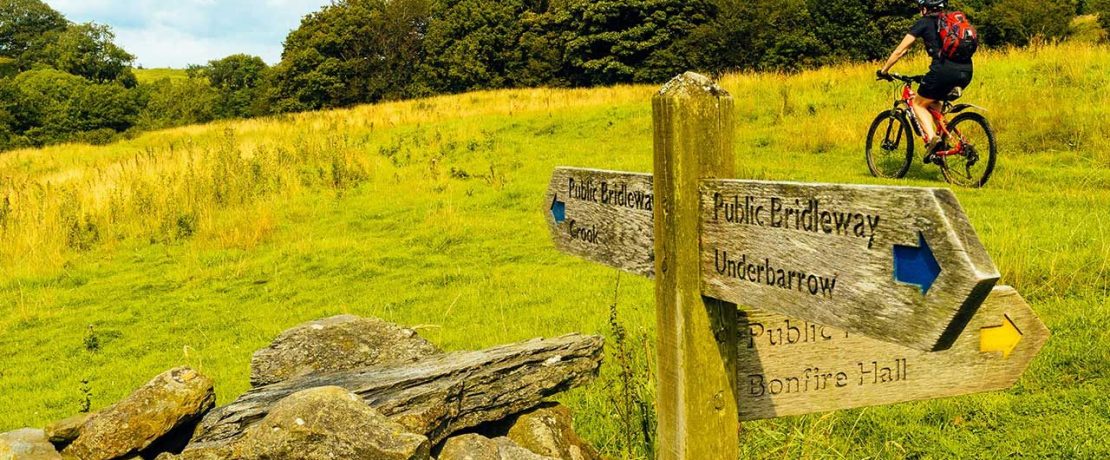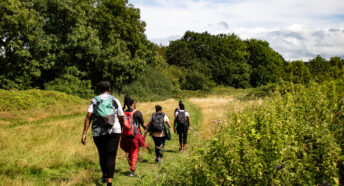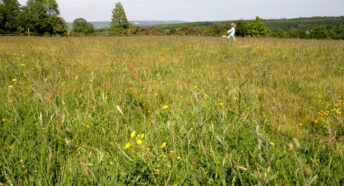Permissive to public: know your pathways
From bridleways to public footpaths to restricted byways: what’s the difference? Our potted guide will help.
Whether exploring the countryside on a multi-day hike or popping out on your local dog walking loop, it’s handy to know what the rules are for the various kinds of footpath out there. And it can all feel a bit cryptic – do you know your bridleways from your byways? We can help.
At CPRE, we believe the countryside is for everyone, and we’re passionate about how important time outdoors can be for all of us. We were also involved in the creation of the very first countryside code and so we take caring for the countryside in our stride.
One of the best ways to make sure you ‘leave no trace’ is to stick to the routes that are right for your sort of transport – whether that’s your feet, a bike, a mobility vehicle or a horse and cart. But of course to make sure you’re doing this, you’ll need to know what’s allowed on each type of pathway.
And this isn’t always intuitive. The names can be complicated (after all, who knows their permissive pathways from their restricted byways?!), but help is at hand!
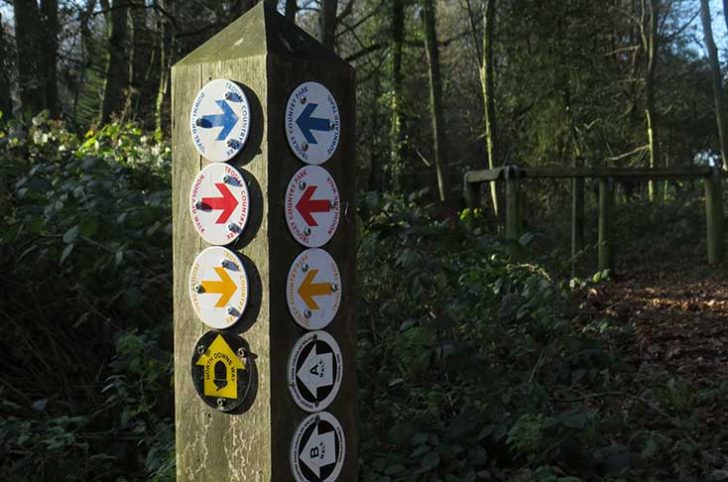
Here’s our potted guide to the kinds of route you might encounter on your countryside rambles, and just what you can get up to on each type.
Public footpaths
This one’s a goodie: the clearest of the bunch. You can travel along these on foot or using your mobility aid, but you don’t have a ‘recorded right of access’ for anything bigger (to learn more on this, visit the handy guide from our friends over at Cycle UK). If these are waymarked, look out for yellow arrows – that tells you that you’re on a footpath and are allowed to be there!
Now naturally exceptions to the rules always exist – for example on some walks you might find yourself on wide footpaths that are also used by farm vehicles.
And it’s probably handy to remember that although prams, pushchairs and mobility vehicles like wheelchairs are absolutely permitted on this type of path (and indeed all types of public path), this fact doesn’t mean it’ll be easy-going on these routes.
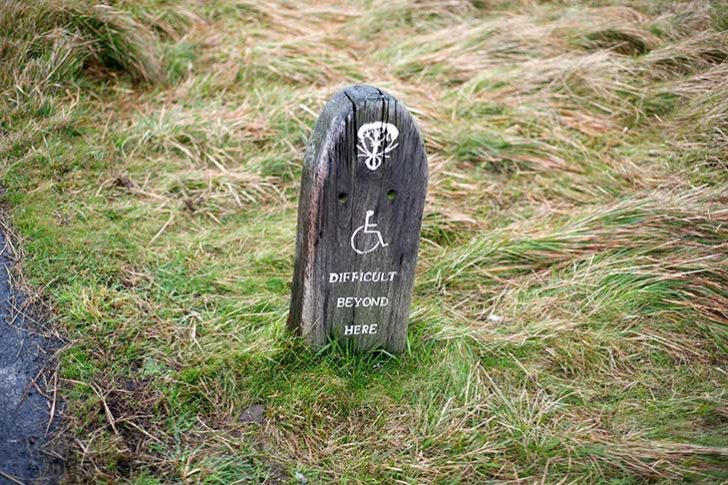
You might still hit stiles and kissing gates on footpaths, and these can be a pain not only for those of us using supportive vehicles but also any of us who struggle with the clambering and weight-bearing that stiles require, or the narrow spaces often found in kissing gates.
Brilliant work is being done to identify routes that don’t include these obstacles, though: check out ‘Miles Without Stiles’ in your local area (such as these great ideas for the Lake District) for recommended routes that cut out these obstacles or at least flag them, so you can be prepared.
Bridleways
You might also see these called bridle paths, but they’re the same thing: these are routes that, as the name suggests, probably started life as routes being used by horse riders. As a result, they’re usually a decent width and have clear headroom – always handy if you’re carrying a small human in a baby carrier!
These days, though, while yes, horses are allowed, the routes are also open to those of us on foot, using mobility scooters and wheelchairs and cyclists too. And because these routes are used by horses, there’s a handy benefit to the rest of us: these paths are stile-free!
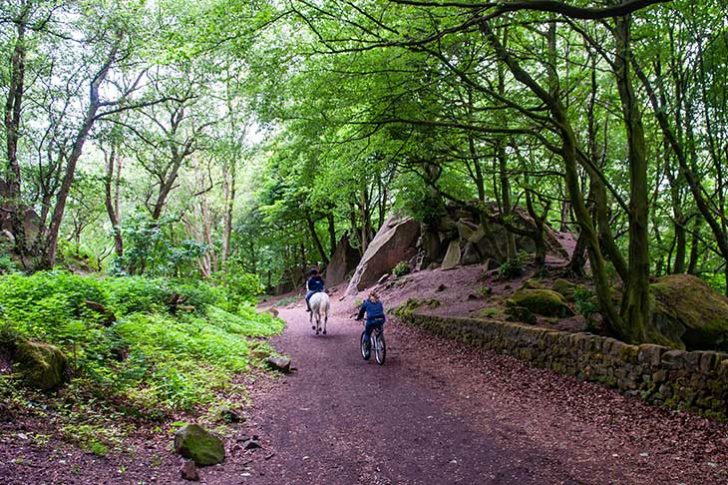
Look out for blue arrows waymarking these ones, and, because riders of bikes or horses will be sharing the path, it might be as well to keep half an ear out for those passing from behind.
Restricted byways
These routes might not have the most exciting name but they’re another handy one to know about, as they also ensure that, for the most part, you won’t come across any of what the rules catchily call ‘mechanically propelled vehicles’ – cars, vans or motorbikes.
As ever, of course, you might pass the odd farm vehicle, but these routes should still be peaceful and safe for walking and are open to the same groups as bridleways (walkers, mobility vehicle users, horse- and bike-riders) with just the addition of anyone travelling in a horse-drawn vehicle. Giddy up!
If your route is waymarked, these ones will have plummy purple arrows.
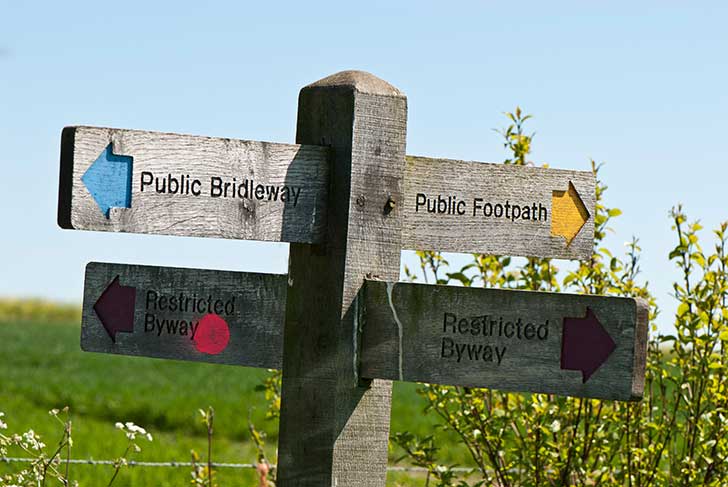
A little note here, too, about the other kind of byways that are out there. These ones are sometimes abbreviated to ‘BOATs’: byways open to all traffic. These are marked with red arrows.
Keep an eye out for these as they permit all the same users as the restricted byways but also allow motor vehicles, meaning you might encounter motorbikes, cars or vans.
That doesn’t mean that they’re the same as roads, though, and might still have uneven surfaces and gates. Their access by cars does mean they’ll generally be that bit wider, so you and your companions can walk side by side!
Permissive paths
You’ll sometimes see routes marked with signs indicating that you’re using one of these, and it can feel confusing. Check those signs, if you see them, as they might include information that’s specific to that path in particular.
That’s because these are pathways that you’re allowed to use because the person who privately owns that land has made the route available to the public. The signs will indicate if there are restrictions, so do check if bikes, motorbikes or so on are allowed before making any assumptions.
This is especially key with these routes as the landowner is within their rights to withdraw the access to this land at any time and of course, are more likely to do that if the pathway is abused.
They can also sometimes temporarily withdraw it – for example for moving livestock – or limit access to certain times of the day. So as ever, check signs closely and of course, as with all pathways, follow the Countryside Code to the letter.
Key points about pathways
If you’re a dog walker, you might want to bear in mind that where there are stiles, there’s no obligation for these to be built or maintained with access for a dog underneath. As anyone who’s ever tried to lift a reluctant labrador over a stile knows, manoeuvring dogs around these obstacles isn’t easy! – so it’s something to bear in mind when route planning.
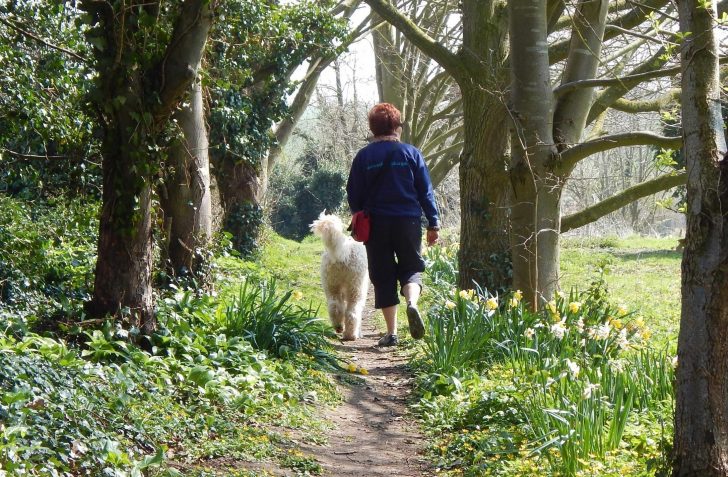
Do keep your dog on a lead wherever indicated and certainly near livestock and housing. Oh – and you won’t need us to tell you this, but it’s absolutely essential to clear up your dog’s waste and take it away with you. Dog poo bags discarded in the countryside are a menace, with their contents carrying dangerous bugs and the plastic taking literally hundreds of years to break down.
And as ever: always, always stick to the golden rules of the Countryside Code. This is guidance for anyone visiting the countryside that dates way back to the 1930s, and as big fans of the code, we at CPRE were chuffed to see it updated in 2021 with some new additions.
The central principles of the code are to leave no trace that you were ever there, respect everyone and stick to the permitted areas, from pathways to car parks. Oh – and most of all? Have fun!
Explore more
Love walking your local area and beyond? We like the exciting work being done on Slow Ways – do investigate this emerging network of accessible walking routes intended to link up settlements.
And we always enjoy the work being done by The Ramblers, who have a host of routes on their website and run group walks for all abilities.
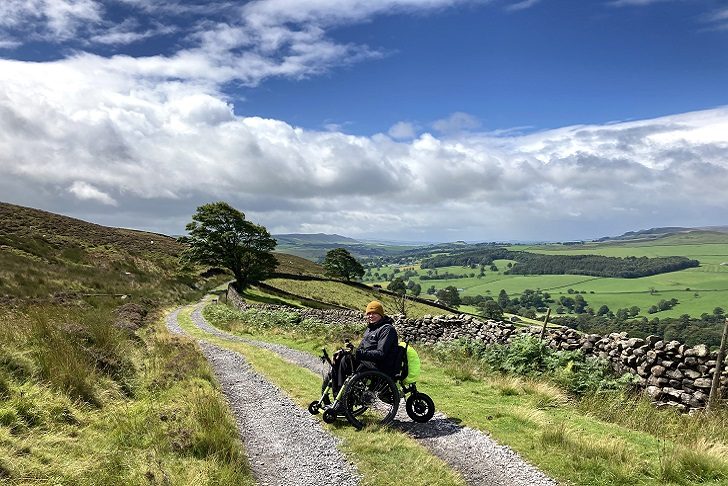
Do Google around for groups near you if you fancy getting out and about more but aren’t sure where to start. There’s some amazing work being done by, for example, the Manchester Nomads (a 15-strong Muslim women’s walking group), Experience Community (providing films and info on walks for disabled people and the wider community), Open Country (who have 30 years of organising and leading countryside activities for those with disabilities) and Black Girls Hike (who have even been featured on Countryfile).
Happy pathway strolling!
